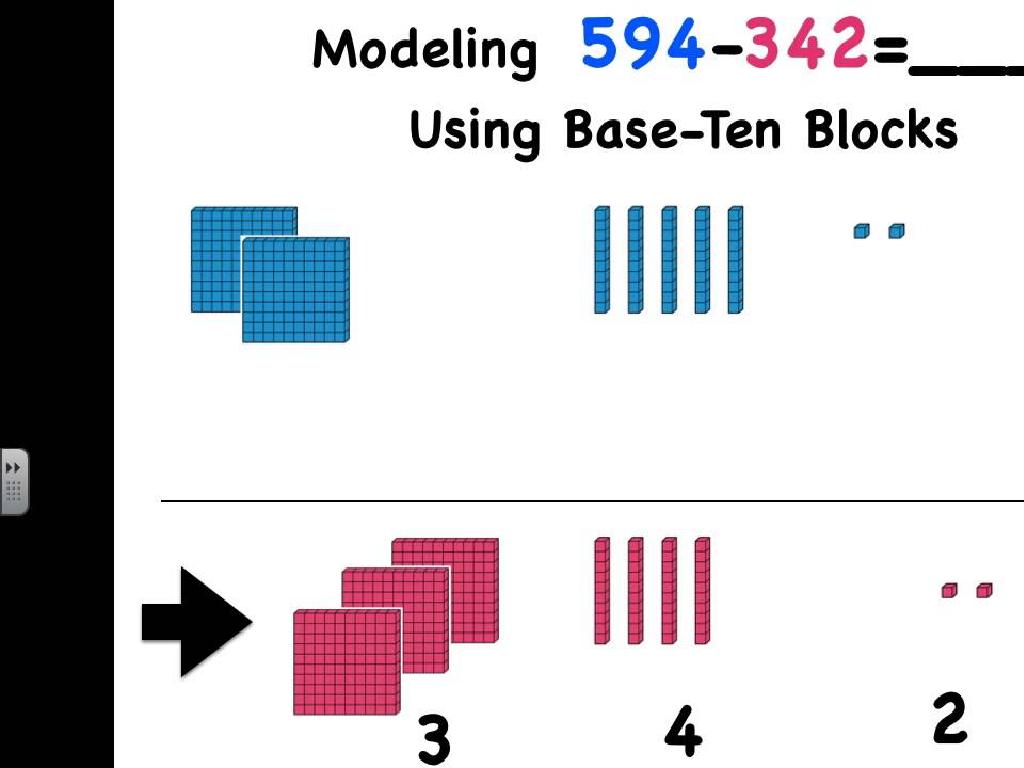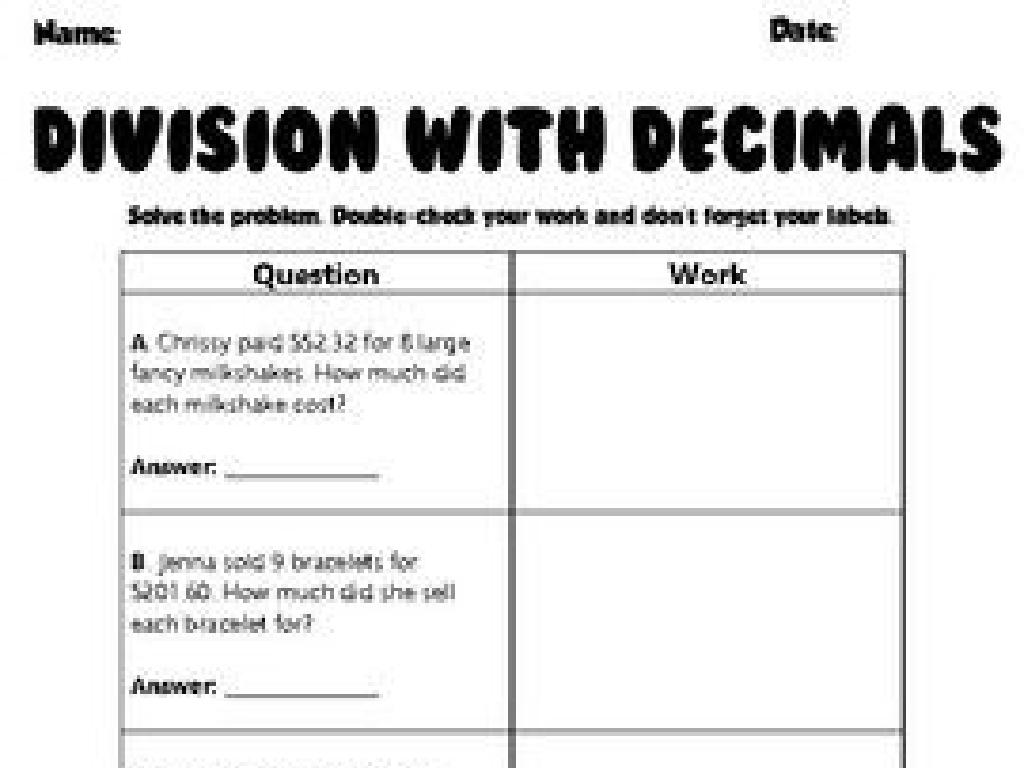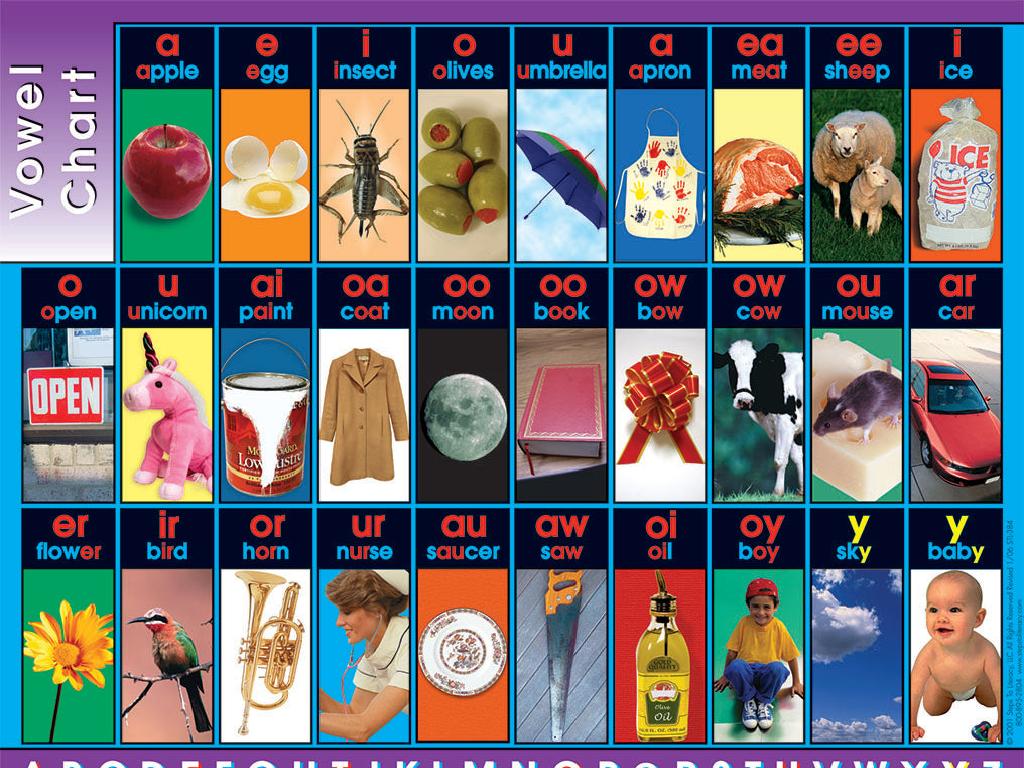Identify An Outlier
Subject: Math
Grade: Seventh grade
Topic: Statistics
Please LOG IN to download the presentation. Access is available to registered users only.
View More Content
Identifying an Outlier in Statistics
– Grasp the basics of statistics
– Learn what an outlier is
– An outlier is a data point that differs significantly from other observations.
– Understand the impact of outliers
– Outliers can skew data and affect the outcome of statistical analysis.
– Explore methods to identify outliers
– Use range, interquartile range, and standard deviation to spot outliers.
|
This slide introduces the concept of outliers within the field of statistics. Begin by ensuring students have a foundational understanding of statistics as the science of collecting, analyzing, interpreting, presenting, and organizing data. Explain that an outlier is a data point that is markedly different from the rest of the data, which can occur due to variability in the measurement or it may indicate experimental error; the latter may cause problems in analysis. Discuss the importance of recognizing outliers as they can lead to significant distortions in statistical analyses, such as mean and standard deviation. Teach students various methods to identify outliers, including graphical methods like box plots and analytical techniques involving calculations of the interquartile range and standard deviation. Provide examples and possibly a hands-on activity where students can practice identifying outliers in a given data set.
Understanding Outliers in Statistics
– Define an outlier
– An outlier is a data point that differs significantly from other observations.
– Outliers in daily life
– Heights in a class, or ages at a grade school party.
– Impact of outliers on data
– They can skew our data, affecting the mean and other statistics.
– Recognizing outliers
– Use graphs or calculations to spot data that doesn’t fit the pattern.
|
This slide introduces the concept of outliers and their significance in statistical data. An outlier is a value that is significantly higher or lower than most of the other values in a set of data. Real-life examples, such as one very tall student in a class or a much older person at a children’s party, help students visualize outliers. Discuss how outliers can impact statistical calculations, such as the mean, and can sometimes be a sign of a mistake in data collection or an indication of a special cause worth investigating. Teach students how to identify outliers by looking for data points that stand out in a graph or by using specific calculations, such as the interquartile range. Encourage students to think critically about whether an outlier should be included in the data analysis or not.
Visualizing Outliers in Data
– Understanding box plots
– A box plot displays data distribution and can highlight outliers.
– Interpreting scatter plots
– Scatter plots show data points; outliers are far from others.
– Activity: Find the outliers
– Use provided graphs to spot and circle outliers.
– Discussing the impact of outliers
|
This slide introduces students to the concept of outliers and how they can be visualized using box plots and scatter plots. Box plots, also known as box-and-whisker plots, are particularly useful for showing the spread of a data set and identifying data points that fall outside the typical range. Scatter plots help in visualizing the correlation between two variables and spotting any anomalous points. The activity involves students using actual graphs to identify outliers, which will help reinforce their understanding of the concept. Encourage students to consider why outliers may appear and what their impact could be on the data set. Provide guidance on how to approach the activity and offer several examples of graphs with different types of outliers for students to analyze.
Understanding Outliers in Statistics
– Common causes of outliers
– Outliers can arise from measurement errors, data entry errors, or sampling errors.
– Error vs. Natural Variance
– Error implies a mistake was made, while natural variance is normal fluctuation.
– Impact of outliers on data
– Outliers can skew data, affecting mean and standard deviation.
– Strategies to handle outliers
– We can use trimming, winsorizing, or transformation to manage outliers.
|
This slide aims to help students differentiate between outliers caused by errors and those that are a result of natural variance. It’s crucial for students to understand that outliers can significantly impact statistical calculations and graphical representations of data. They should learn how to identify outliers and assess their impact on the data set. Additionally, discussing strategies for handling outliers will equip students with practical skills for dealing with anomalies in data. Encourage students to think critically about whether an outlier should be kept, adjusted, or removed based on the context of the data.
Calculating Outliers in Data
– Understand Interquartile Range (IQR)
– IQR is the range between Q1 and Q3 in a data set.
– Learn the 1.5*IQR Rule for Outliers
– Outliers are data points 1.5 times the IQR above Q3 or below Q1.
– Class Exercise: Identify Outliers
– Use the 1.5*IQR rule on provided data sets to find outliers.
– Discuss findings and reasons
– Why might these data points be outliers?
|
This slide introduces the concept of Interquartile Range (IQR) as a measure of statistical dispersion and the 1.5*IQR rule for identifying outliers. The class exercise will involve students applying this rule to real data sets to find any outliers. It’s crucial to explain that outliers are not necessarily errors; they could indicate something interesting or unusual about the data. After the exercise, discuss with the class why certain data points were outliers and what potential impact they could have on the analysis. Provide guidance on how to calculate IQR and apply the rule, and prepare several data sets for the class exercise with varying levels of complexity.
Dealing with Outliers in Data
– Understanding outliers
– Deciding on outlier inclusion
– Should we keep or remove outliers? What effects does it have?
– Methods to manage outliers
– Use statistical tests, set thresholds, or robust measures.
– Discussing outlier impacts
– Weighing the benefits and drawbacks in a group discussion.
|
This slide introduces the concept of outliers in statistical data and the critical thinking involved in deciding whether to include them in data analysis. Outliers can significantly affect the results of statistical calculations and interpretations. Students should understand that there are various methods to handle outliers, including statistical tests to identify them, setting thresholds for what constitutes an outlier, or using robust statistical measures less affected by outliers. The class will engage in a group discussion to explore the advantages and disadvantages of removing outliers, fostering a deeper understanding of their impact on data analysis. Encourage students to think critically about the integrity of data and the context in which it is used.
Class Activity: Outlier Hunt
– Find the outlier in your data set
– Work in groups on outlier puzzles
– Discuss strategies for identification
– Look for numbers that don’t fit the pattern
– Present findings to the class
|
This activity is designed to engage students in the practical application of identifying outliers within a given data set. Divide the class into small groups and provide each with a different data set that includes an outlier. Encourage them to use strategies such as looking for numbers that are significantly higher or lower than the rest. After the groups have identified the outliers, they should discuss the methods they used to find them. Each group will then present their data set, the outlier they found, and their method for identification to the class. This will help students learn from each other and understand the concept of outliers in a real-world context. Possible activities could include data sets from various contexts such as sports, weather, or classroom test scores.
Conclusion: Understanding Outliers in Statistics
– Recap: What is an outlier?
– Outliers are data points that differ significantly from others.
– Outliers’ impact on data
– They can skew averages and affect conclusions.
– Significance in statistical analysis
– Recognizing outliers helps in accurate data interpretation.
– Q&A session
|
As we wrap up, let’s review the concept of outliers those numbers in a data set that stand out because they are much higher or lower than the rest. Understanding outliers is crucial because they can dramatically influence the results of our analysis, like the mean of the data. It’s important to identify and consider the impact of outliers when interpreting statistical data. Now, let’s open the floor for any questions you might have. This is your opportunity to ask for clarifications or further explanations on anything about outliers or today’s lesson. Remember, no question is too small, and it’s always better to ask if you’re unsure about something.






